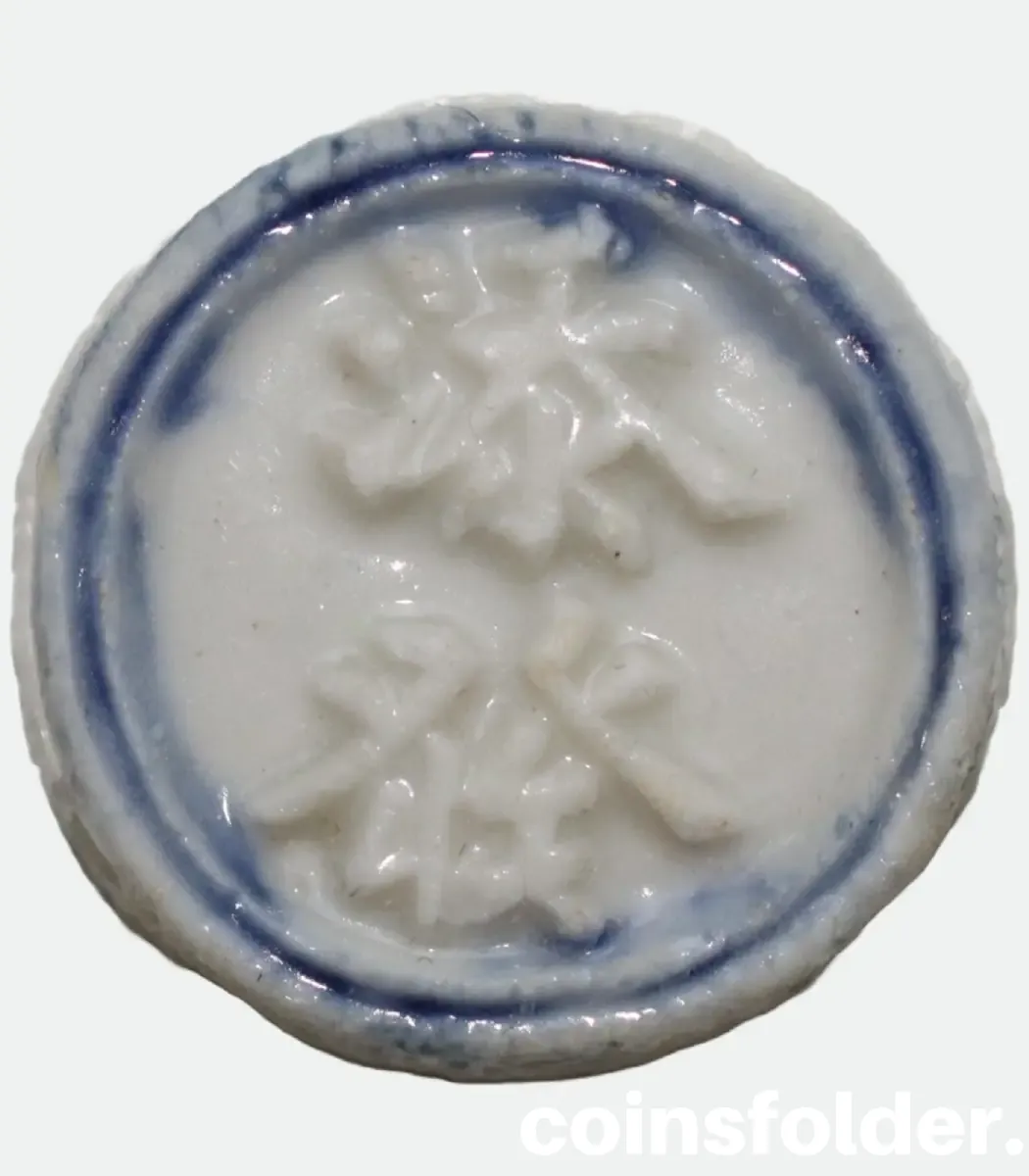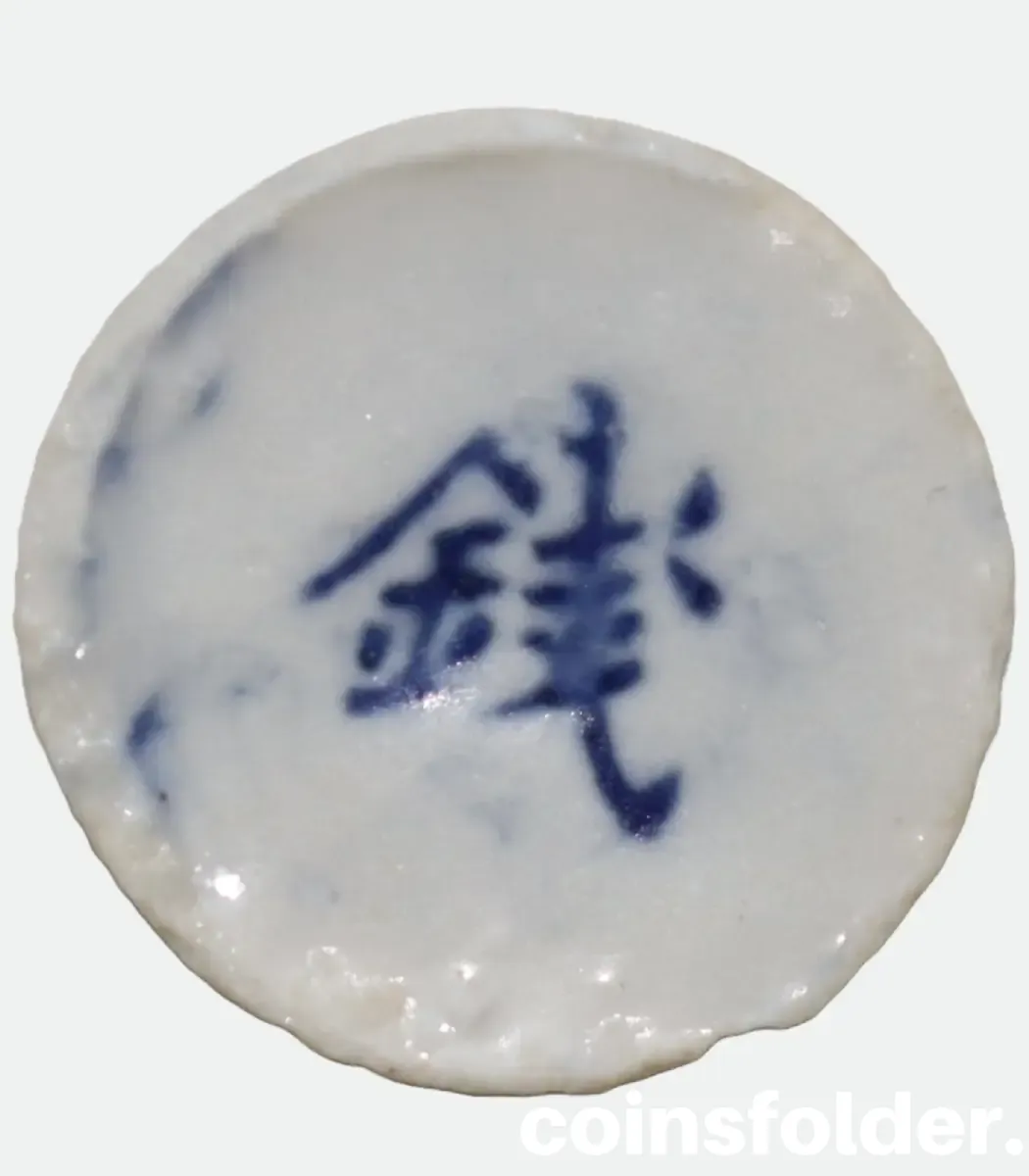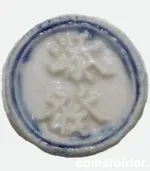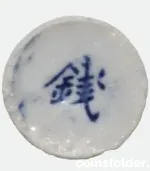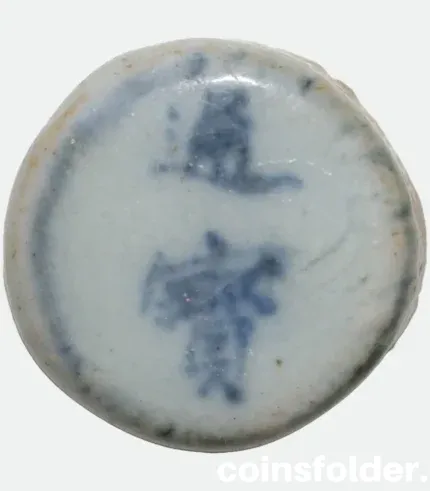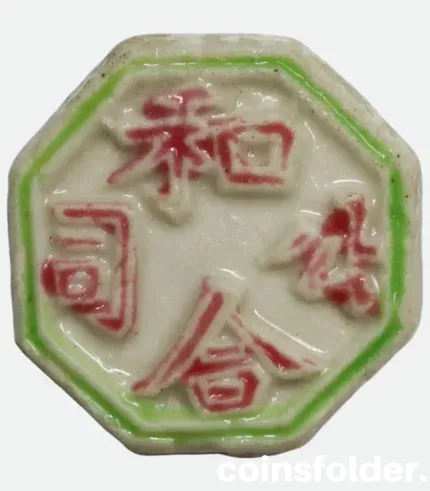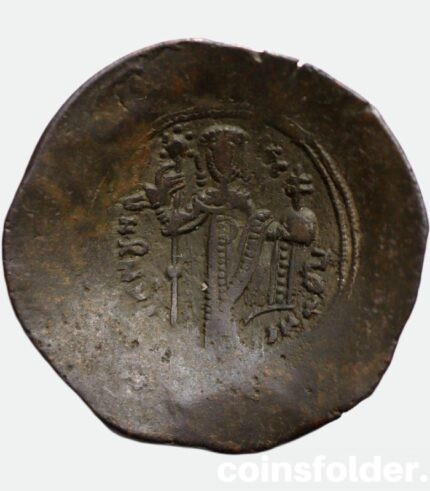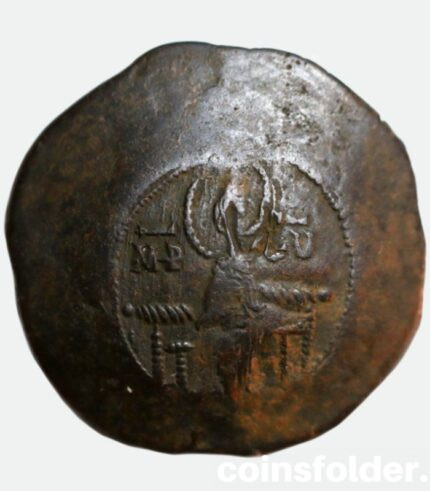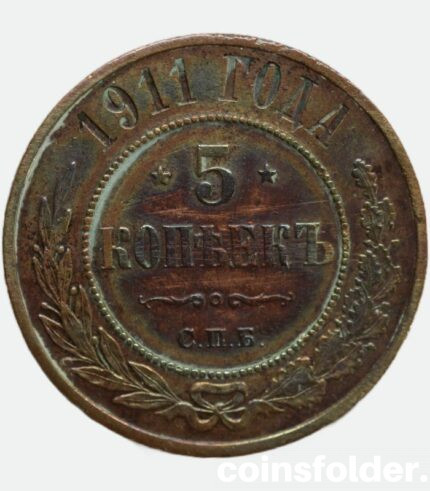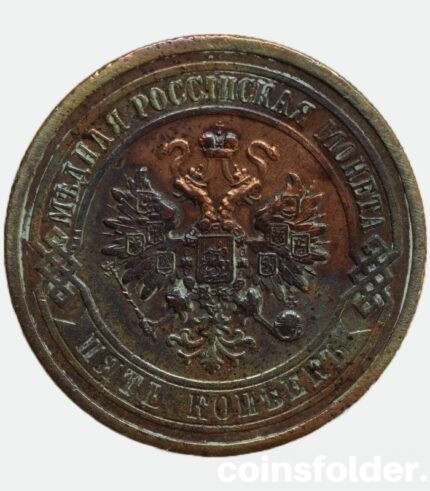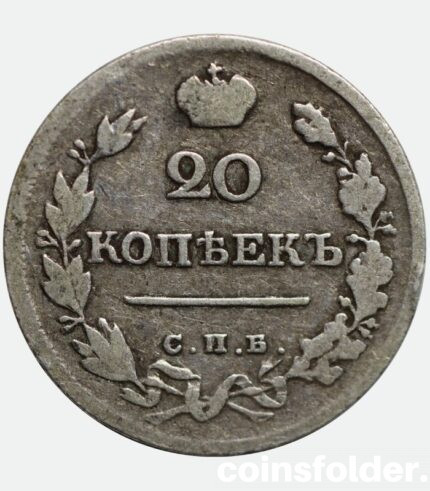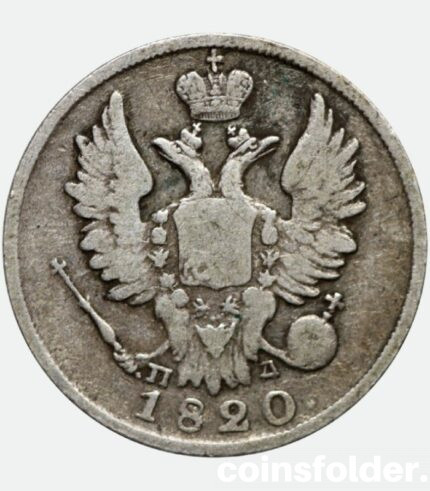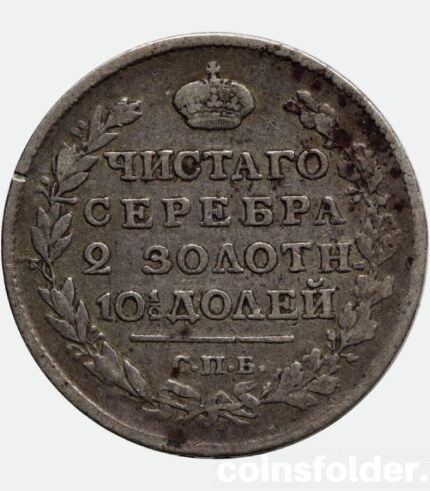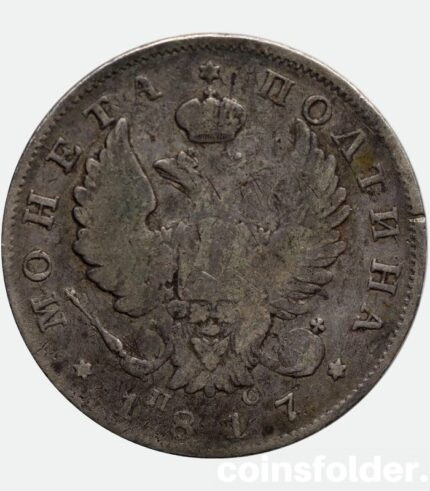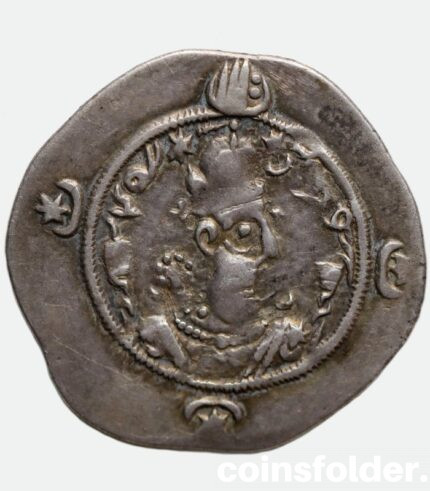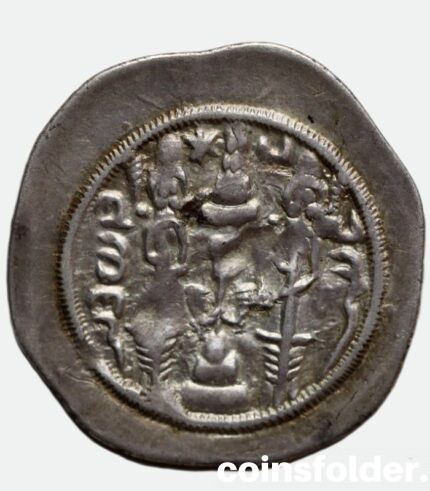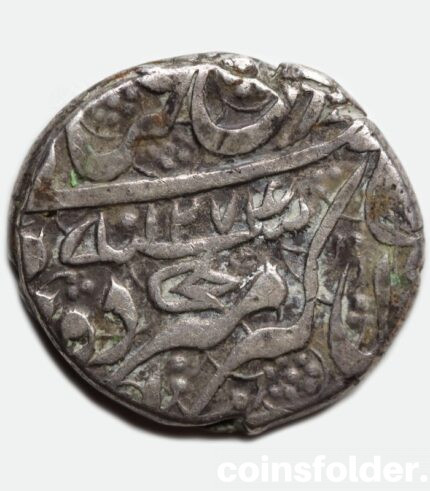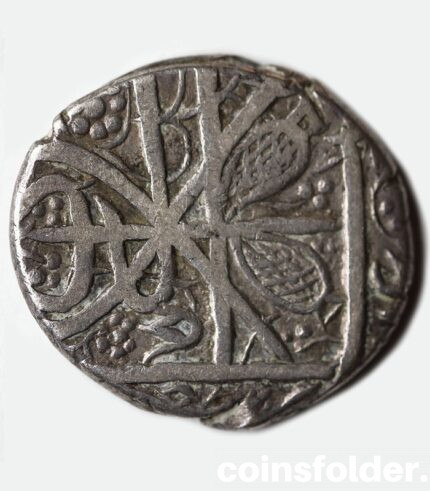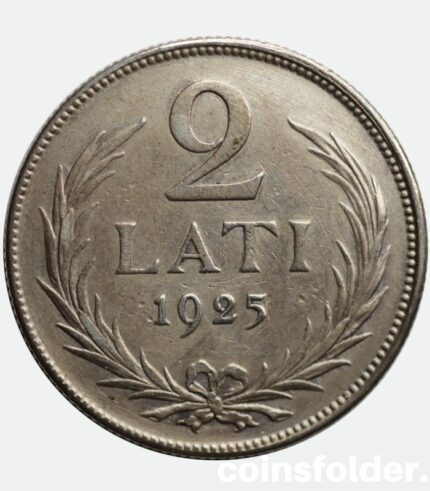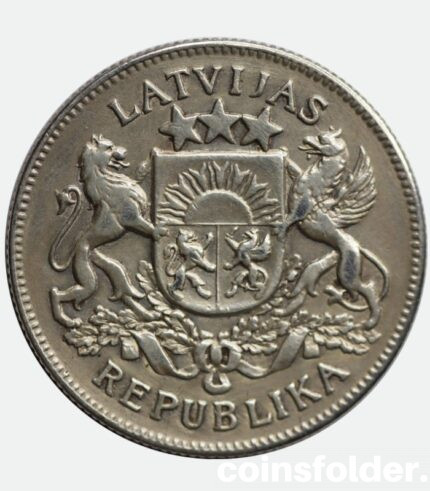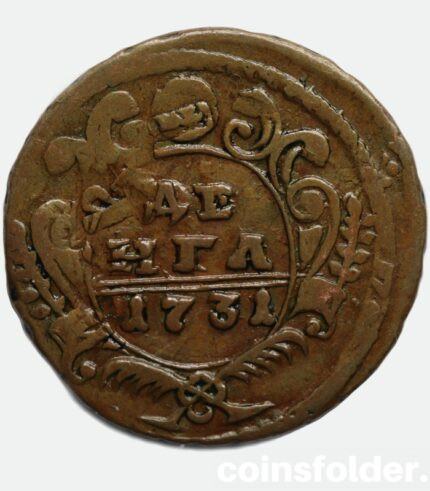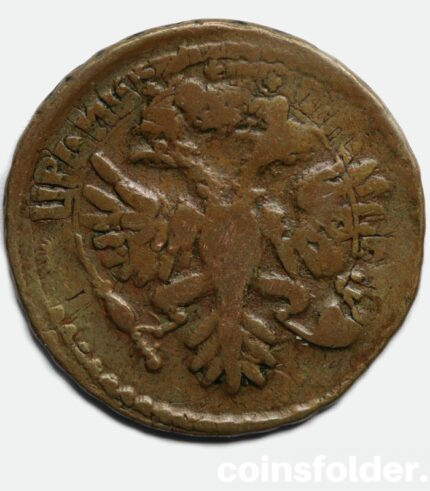This exceptional antique porcelain gambling token, known locally as a “Pee,” dates to the period between 1760 and 1875 in old Siam, now modern-day Thailand. These tokens were originally used as playing counters for the traditional Chinese gambling game called Fantan, played in Chinese-operated gambling houses known as hongs. As time went on and due to a consistent shortage of small-denomination currency, these beautifully crafted porcelain tokens evolved beyond mere gaming tools—they became a practical and trusted form of local currency within the districts controlled by hong owners.
Each pee token was produced in a variety of shapes, sizes, colors, and designs, with thousands of unique patterns believed to have existed. The token in this listing features bold Chinese characters molded and glazed into one side, while the reverse shows additional script in deep cobalt blue, all encased in a smooth circular form. The craftsmanship and glazing reflect the fine ceramic traditions brought to Siam by Chinese artisans.
While eventually outlawed after the introduction of official Siamese coins by the King of Siam, these tokens continued to circulate underground well into the early 20th century. Their dual role as both gaming chips and unofficial small change makes them not only historically significant but also highly collectible.
Perfect for collectors of Southeast Asian history, numismatics, or porcelain artifacts, this token represents a fascinating intersection of culture, economy, and craftsmanship in pre-modern Thailand. A tangible relic from a bygone era where ingenuity met necessity, this piece adds rich context and rarity to any serious collection.

 Art
Art Asian
Asian Banknotes
Banknotes Numismatics
Numismatics Porcelain
Porcelain Buttons
Buttons Jewelry
Jewelry Silverware
Silverware Ceramics
Ceramics Militaria
Militaria Books
Books Glassware
Glassware Leatherware
Leatherware Philately
Philately Other antique
Other antique Gifts
Gifts Accessories & Services
Accessories & Services